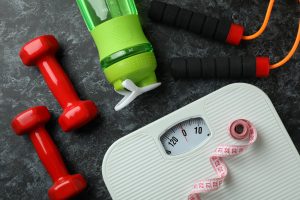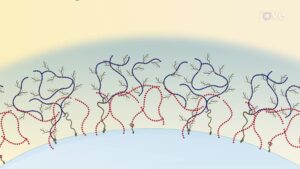The Truth Behind Influencer Fitness Tips
Social media is flooded with fitness influencers promising fast results through specific training routines or diets. But the reality is more nuanced. While many of these influencers share strategies that work for them, those same strategies may not work for everyone. Individual differences in genetics, age, experience, and recovery needs make a single, rigid approach unrealistic for most people.
Key Variables That Shape Your Results
Several important factors determine whether a particular fitness plan will be effective for you:
- Training Intensity – Some thrive on high-intensity training and going to failure, while others see better results with moderate effort and consistency.
- Frequency – The number of sessions and how often you train each muscle group must align with your ability to recover.
- Volume – Total number of sets and reps impacts growth and should be adjusted based on your goals and energy levels.
- Rest and Recovery – Sleep, nutrition, and overall stress play huge roles in your body’s ability to adapt to training.
Why Recovery Should Match Your Training
Your body can only grow stronger if it recovers fully. Influencers who advocate for low-frequency training with maximum effort may have advanced recovery systems—or simply genetics in their favour. You may need more frequent sessions with less intensity or higher volume depending on how you respond physically and mentally. Matching recovery with training is critical to prevent burnout or injury.
The Power of Variety in Training
Long-term progress often requires changing variables like intensity, volume, and frequency. For example:
- Switch from high-volume workouts to lower-volume, higher-intensity routines
- Change split routines to full-body sessions a few times a week
- Temporarily reduce gym sessions during travel and focus on maintenance
Constantly trying different formats helps you find what works for your current life stage and training history. Periodic adjustments not only prevent plateaus but also protect joint health and mental focus.
Protein Intake and Muscle Preservation
Protein is essential for muscle maintenance, especially with age. The commonly recommended target is:
| Goal Weight (lbs) | Recommended Daily Protein (g) |
|---|---|
| 150 | 150 |
| 170 | 170 |
| 200 | 170–200* |
*Depending on lean body mass and fat percentage.
As we age, our bodies become less efficient at using dietary protein for muscle synthesis. Research from the NIH supports the idea that older adults benefit from increased protein and amino acid intake to support muscle retention.
Train Smarter, Not Just Harder
Experience teaches you when to push and when to back off. Overtraining, especially with exercises like deadlifts or squats, can lead to long recovery periods or injury. It’s easier and safer to reach failure on machines or isolation movements than on heavy compound lifts.
Listen to your body’s cues—fatigue, soreness, mood, and motivation are all signals. With time and experimentation, you’ll learn when to add reps, increase weight, or scale back.
No Single Diet Works for Everyone
The same principle applies to diet. While one influencer may swear by keto, another by veganism, both might be right—for themselves. The key is to choose a diet you can sustain, that supports your protein goals, and that keeps you energized. Regardless of diet type, sufficient intake of essential amino acids is non-negotiable for muscle preservation.
Try. Adjust. Repeat.
Fitness is not a one-and-done solution. What works today may not work in six months. That’s why trying different training styles, schedules, and diets—and tracking results—is so valuable. Adaptability is the most underrated skill in fitness.
Final Thoughts
Influencers aren’t necessarily lying—they’re just sharing what’s worked for them. The key is to treat those insights as suggestions, not mandates. With the right mindset and willingness to experiment, you can find the optimal approach for your body and lifestyle.
Video Summary
For more evidence-based nutrition and fitness tips, subscribe to our channel:
https://www.youtube.com/@Vitality-and-Wellness
Struggling to reach your fitness goals? Check out the personalized Nutrition Program at Parkway Athletic Club:
parkwayathleticclub.com/nutrition
Disclaimer: This content is for educational purposes and does not replace personalized medical advice.



